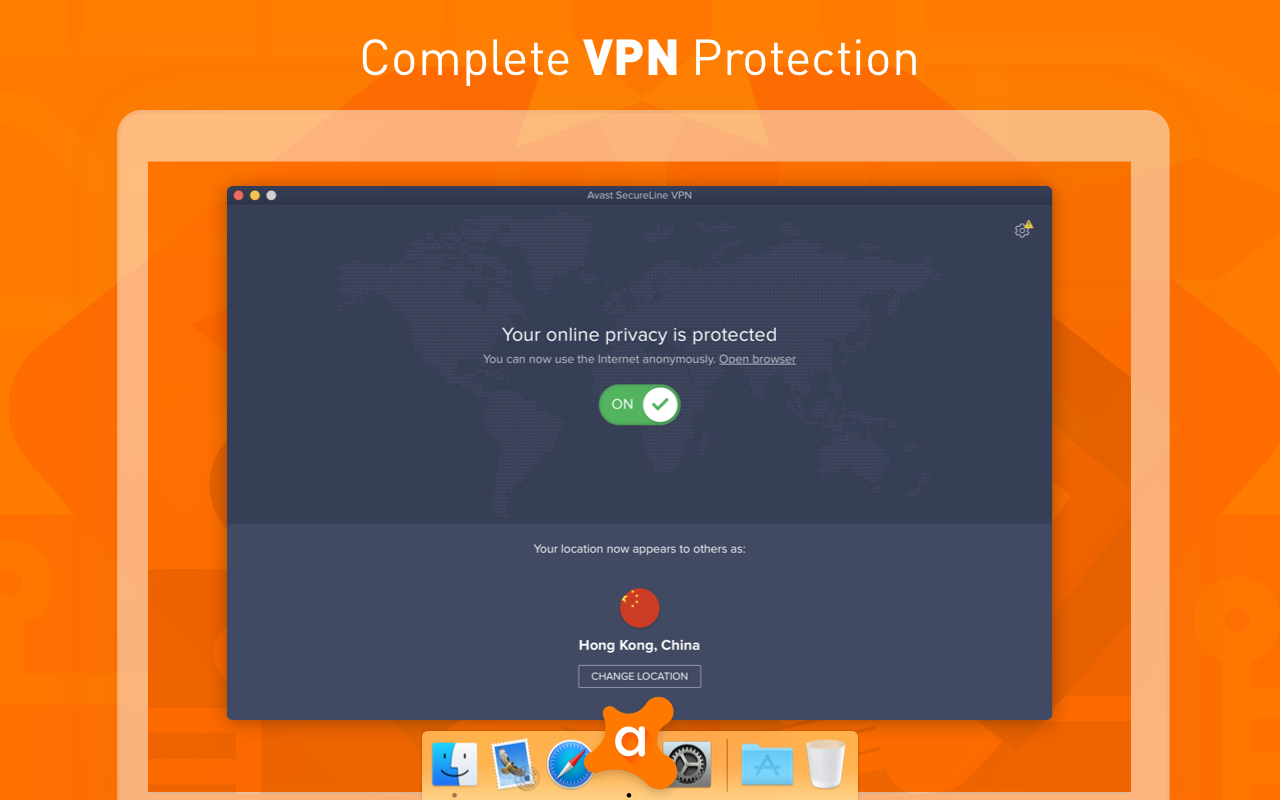- Enable Access For Assistive Devices Use Keys El Capitan Download
- Enable Access For Assistive Devicesuse Keyso El Capitan Area
Oct 05, 2015 I started having some Apple Keychain issues after upgrading to Mac OS X El Capitan. At random, I would be asked to sign back into accounts that I am logged into through Internet Accounts in System Preferences. Subscribe to DevOps'ish! DevOps, Cloud Native, Open Source, industry news, and the ‘ish between assembled by open source contributor, DevOps leader, and Cloud Native Computing. Enabling assistive devices on Mac OS X 10.9 & greater Updated September 08, 2016 03:12 Follow By default, a new install of OSX doesn't let iShowU see mouse and keyboard events.
Keychain Access User Guide
You can delete a keychain. You might want to do this if, for example, you’ve forgotten the password or you’re transferring a computer to someone else.

Important: If you delete a keychain, all its information is deleted. But you can recover its items later as long as you know its password.
Delete a keychain
In the Keychain Access app on your Mac, if keychains are hidden, choose View > Show Keychains.
Select a keychain in the Keychains list.
Choose File > Delete Keychain [keychain name].
Click Delete References.

Enable Access For Assistive Devices Use Keys El Capitan Download
Recover items stored in a deleted keychain
If you deleted a keychain because you forgot the password, then remember your password later, you can recover the items stored in the deleted keychain.
Enable Access For Assistive Devicesuse Keyso El Capitan Area

In the Keychain Access app on your Mac, choose File > Add Keychain.
Select the deleted keychain file.
You can also open the Keychain file in the Finder or, if you use Time Machine to back up your files, you can restore the file with Time Machine. Keychains are usually located in the Keychains folder in the Library folder in your home folder.